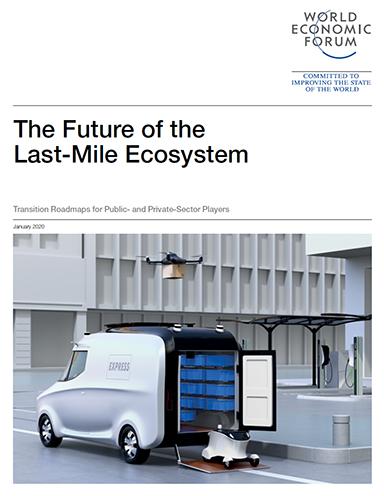The Future of the Last-Mile Ecosystem
This report presents an integrated perspective on the future of the last-mile delivery ecosystem, which was developed jointly by the World Economic Forum, McKinsey & Company, the World Business Council for Sustainable Development, Leaseplan, and more than 20 public- and private-sector partners who contributed related data, expertise and case studies.
The Future of the Last-Mile Ecosystem
Growing demand for e-commerce delivery will result in 36% more delivery vehicles in inner cities by 2030, leading to a rise in both emissions and traffic congestion without effective intervention.
Without effective intervention, urban last-mile delivery emissions and traffic congestion are on track to increase by over 30% in the top 100 cities globally.
The Future of the Last-Mile Ecosystem analyses 24 interventions that can reduce emissions, congestion, and delivery costs for the urban last-mile.
With the ecosystem-wide change, interventions could reduce emissions and traffic congestion by 30%, and delivery cost by 25%, compared to the “do-nothing” scenario.
Context: Unparalleled growth in last-mile transport
In the past decade, e-commerce has risen significantly. From 2014 to 2019, e-commerce sales ratios nearly tripled globally. This trend has been fuelled by a multitude of different factors: urbanization and the increasing purchasing power of the middle class, an increasing customer base worldwide, a widening range of products that can be purchased online, and the emergence of new digital business models, as well as technological advancements in the delivery segments that allow for instant and time-definite delivery.
Base case: Emerging challenges for the ecosystem
To satisfy customers’ ever-rising desire to buy products online, without any intervention, the number of delivery vehicles in the top 100 cities globally will increase by 36% until 2030. Consequently, emissions from delivery traffic will increase by 32% and congestion will rise by over 21%, equalling an additional 11 minutes of commute time for each passenger every day. The challenge for the urban last mile is especially pronounced for the freight segment, as second-lane parking-induced congestion and emissions are higher than for the parcel segment when compared on a per-vehicle basis. While the public sector has started to pilot and run various initiatives on a city basis, systemic change and harmonized regulatory frameworks have not yet been fully implemented.
Last-mile interventions
To counteract this development, numerous interventions could be considered. This report assesses 24 supply chain and technology interventions in terms of increased traffic volume, CO2 emissions, congestion, delivery cost, investment need, and qualitative dimensions such as customer convenience and level of competitive disruption. Also, we want to start a discussion on how these interventions could best be combined, taking into consideration potential cannibalization or synergy effects.
Transition scenarios: Recommendations to ecosystem players
Something needs to happen – so far, so clear. But where to begin? We present three different transition roadmaps and argue that an integrated ecosystem approach would optimize the last mile for both private and public players while minimizing customer disruption. This scenario includes electric vehicle (EV) regulation for inner-city areas, deliveries during night-time and before/after working hours, effective data-based connectivity solutions such as dynamic re-routing and load-pooling, as well as multi-brand parcel lockers and boxes. Such a scenario could reduce CO2 emissions by 30%, congestion by 30%, and delivery costs by 25% by 2030 when compared to a “do nothing” baseline. In addition, we also present a high-level timeline to indicate which interventions already have the potential to become effective in the next few years.
What’s Related
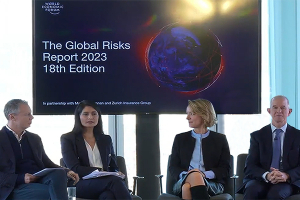
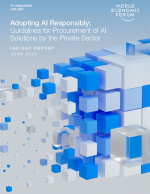
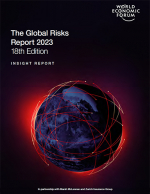
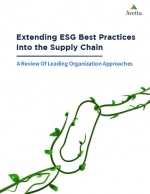
Favorites





